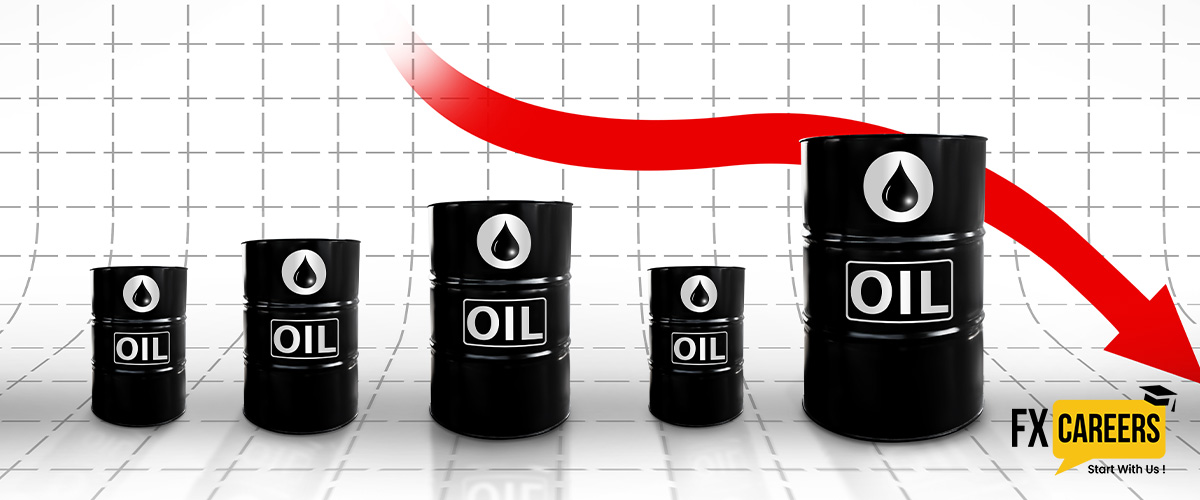
CRUDEOIL Analysis
Afternoon: Crude Oil Slips as Middle Eastern Tensions Subside and Chinese Economic Concerns Persist
Highlights:
- Middle Eastern tensions ease: Israel's strategic strikes avoided Iran's oil and nuclear sites, calming immediate fears of global supply disruptions.
- China’s weak demand outlook: Ongoing declines in Chinese industrial profits and limited economic recovery continue to dampen oil demand.
- Watch on OPEC+ and US election: Potential OPEC+ production changes and upcoming US election dynamics could impact global oil market stability.
Overview:
Crude oil prices declined after Israel’s weekend strikes on Iran sidestepped critical oil and nuclear facilities, easing worries about potential disruptions in global energy supplies. The strikes targeted Iranian military installations following missile attacks earlier this month, which had heightened geopolitical risks in the Middle East. By avoiding oil infrastructure, Israel’s restrained response allayed immediate concerns over crude supplies, stabilizing prices and allowing markets to shift focus.
Factors Influencing the Oil Market
- Middle Eastern Geopolitical Risks Ease: Although Israel’s response to Iran’s missile activity heightened tensions, the choice to avoid Iranian oil facilities and nuclear sites temporarily reduced fears of direct impacts on global energy supplies. However, the region remains volatile, and any escalation could still pose risks, especially if key oil routes or facilities come under threat.
- Demand Uncertainty in China: Economic indicators from China, the world’s largest oil importer, continue to disappoint. Despite government efforts to stimulate the economy, weekend reports showed a decline in industrial profits. China’s post-pandemic recovery has been slower than anticipated, with sectors like manufacturing facing particular challenges. Weaker industrial output and slower consumption growth weigh on oil demand, reinforcing bearish sentiment in crude markets.
- OPEC+ and US Election Dynamics: The approaching US election adds another layer of uncertainty, with potential policy changes affecting energy markets. Additionally, traders are closely watching OPEC+ for any upcoming production adjustments. The alliance has been cautious in maintaining supply cuts to stabilize prices, and shifts in global demand may lead them to review quotas. Any output adjustments from OPEC+ could significantly influence the market balance, especially if global demand weakens further.
Economic Indicators and Market Sentiment
Investors are turning their attention to key upcoming data points and policy announcements that could influence the Federal Reserve’s stance on interest rates. High inflation rates have put pressure on the Fed to maintain a cautious approach, and signals of slowing US economic growth could influence their decisions. Meanwhile, recent data suggests that consumer demand in the US remains strong, though other indicators point to a mixed economic outlook.
Technical Analysis: Support and Resistance
- Price Levels: Crude oil is currently testing support at $67.50, with resistance at $69.80. If prices break below this support, they could trend lower in the short term, especially if bearish sentiment continues.
- Trading Strategy: Current market conditions suggest selling on any price jump near $68.70, with a target of $67.60. A stop-loss above $69.70 is recommended to manage potential volatility and mitigate risks of any unforeseen upward movements.
Conclusion and Outlook
Crude oil prices remain under pressure due to a confluence of geopolitical and economic factors. The Middle Eastern geopolitical landscape, while temporarily less volatile, still bears significant risk, especially if escalations occur. Weak demand from China poses a longer-term challenge, with slow industrial recovery limiting the expected rebound in global oil consumption. The US election and potential policy shifts add to this complex environment, requiring investors to remain vigilant.
As the energy market adapts to these conditions, traders and analysts should pay close attention to OPEC+ decisions and global economic data, as these factors could dictate the supply-demand balance over the coming months.
Support and Resistance Levels: